Nothing can impact the quality of your project more than the drawer slide you choose. Whether you’re remodeling a kitchen, bathroom, closet, or pantry, choosing the right drawer slide is the perfect finishing touch. Here’s a helpful guide to help you navigate the various options available to today’s homeowners.

Key Considerations When Choosing Drawer Slides
When deciding which drawer slide is right for your project, consider the following:
- Mounting Type
- Slide Length and Extension Type
- Desired Motion Functionality
- Load Capacity
- Disconnect Type
- Color and Finish Options
- Popular Slide Brands
If you’re not familiar with any of the terms used in this guide, feel free to refer to our Drawer Slide Terms Glossary for a quick explanation.
Different Mounting Options
Drawer slides come in five main types of mounting options. Your choice will depend on available space, load capacity, visibility, and budget.
- Bottom-Mount Drawer Slides
Bottom-mount slides are installed on the left and right sides of the drawer box. Typically, these are roller-guided slides that come in both partial and full extension varieties. They have an angled flange that supports the drawer box, making installation quicker and easier. They are typically used on frameless cabinets, but can be adapted for framed cabinets. - Side-mount drawer slides
Side-mount slides mount horizontally to the sides of drawers and cabinets. They are versatile and durable, and are available with either ball bearing or roller mechanisms. Side-mount slides typically require about ½ inch of clearance between the drawer and the side of the cabinet. Their main disadvantage is that they can limit the horizontal width of the drawer. - Center-mount drawer slides
Center-mount slides are a single slide that sits directly under the center of the drawer. While they are easier to install, they typically hold less weight than side-mount slides and may limit drawer height. - Bottom-mount drawer slides
Bottom-mount slides mount to the side of the cabinet and connect to a locking mechanism underneath the drawer. They are ideal for display cabinets because they are hidden from view. They typically require minimal horizontal space, with about ½ inch of clearance above and below the drawer. - Recess-mount drawer slides
Recess-mount slides are less common in the United States and are typically used on imported furniture. They fit into a groove milled into the side of the drawer box and are identified by the groove height, usually 17 mm or 27 mm. These slides are typically light-duty rated and offer only partial extension.
Slide Length and Extension Type
Choosing the correct slide length and extension is critical to long-term satisfaction. Most drawer slides range in length from 10 to 28 inches, but heavy-duty slides can go up to 60 inches. To determine the proper length, measure from the front edge of the cabinet to the inside surface of the cabinet back, then subtract 1 inch. For undermount slides, measure directly across the drawer length.
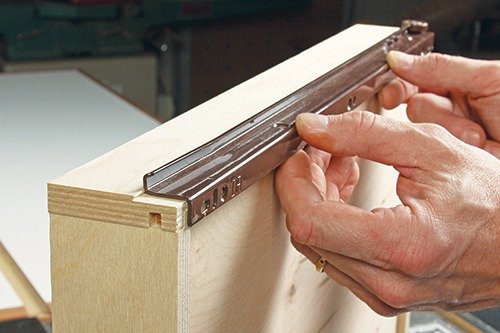
Extension Type
- ¾ Extension: Allows the drawer to be pulled out three-quarters of its length, providing limited access.
- Full Extension: Allows easy viewing and access to all drawer contents.
- Overtravel: Allows the drawer to open after full extension, providing additional clearance, especially useful for overhanging countertops.
Function and Movement
Modern drawer slides have a variety of features that enhance usability:
- Shock Absorption: Prevents damage from violent impacts and reduces noise.
- Push Open: Allows the drawer to be gently pushed open without the use of a handle.
- Automatic Close: When gently pushed open, the drawer automatically returns to the cabinet.
- Soft Close: Provides a dampened closing action to prevent slamming.
Weight Ratings
Weight capacity is critical for durability. Most drawer slides are rated to support between 75 and 150 pounds. For heavy-duty applications, OVIS offers slides that can support 500 pounds or more. Keep in mind that weight ratings are based on 18-inch lengths; longer slides have lower load capacities, while shorter slides have higher load capacities.
Load Ratings
- Static Load: The weight limit of a drawer when it is not moving.
- Dynamic Load: The weight limit of a drawer when it is cycled open and closed.
Installation Considerations
Disconnect Types
Disconnect mechanisms allow for easy drawer removal:
- Lever Disconnect: Features an internal lever that, when pressed, allows the drawer to slide out.
- Track Disconnect: Uses a latch to lift the drawer off the slide.
- Friction Disconnect: Allows for drawer removal with ball bearing action.
Color and Finish Options
Most drawer slides come in a metallic zinc finish to prevent corrosion. Some brands offer black slides for a stylish look, while others offer polished chromed steel options. Undermount slides can also highlight the natural wood grain of the drawer front.


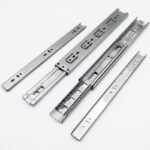

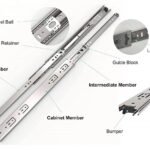
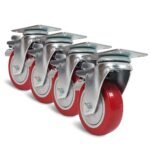
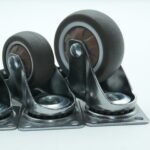
Leave a Reply